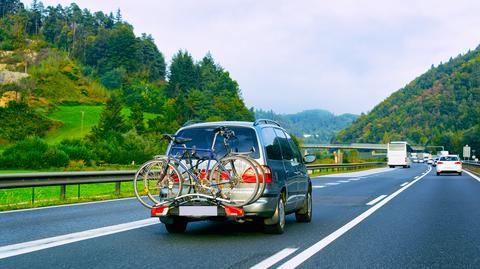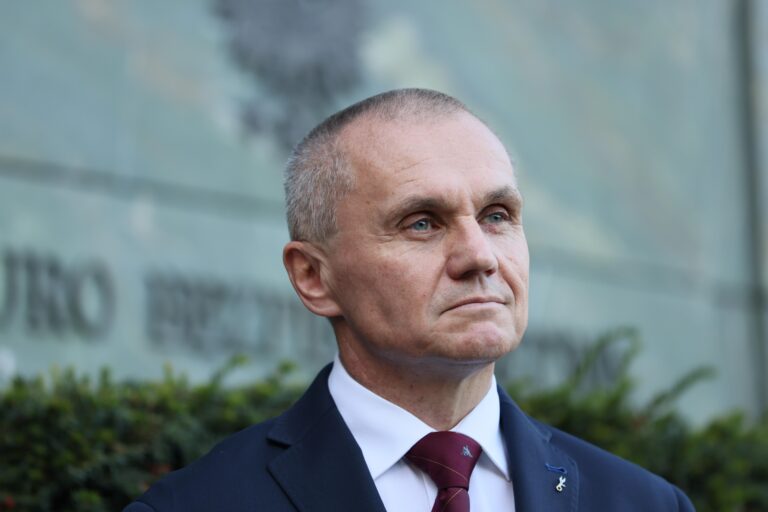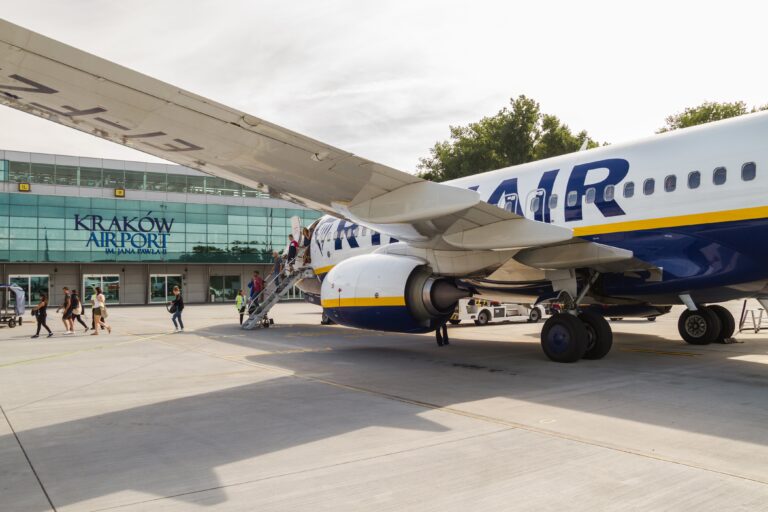Biznes Fakty
How to Get to Your Destination Safely? Holiday Code for Drivers

According to the General Directorate for National Roads and Motorways (GDDKiA) in its road safety guide, safe travel not only involves adhering to regulations but also making educated choices that can preserve lives. It highlights that preparing your vehicle properly, securing cargo, and maintaining full attention while driving are crucial elements.
As we reach the midpoint of the summer vacation, it’s an ideal season for exploring and enjoying the stunning landscapes of Poland, even from the comfort of your vehicle. It’s important to know what to focus on to ensure you arrive at your holiday spot safely.
Effective planning is essential
Before setting off, inspect your vehicle. Checking tire pressure, oil levels, functioning lights, and ensuring windows are clean are vital steps. A carefully crafted and thoughtfully planned route will help you avoid unexpected stressful situations.
Pay attention not just to your vehicle but also to the luggage you carry. Items like a bag in the back seat or even an unsecured water bottle can pose risks during abrupt stops. Store your belongings properly, using straps or a net for security. Just like in your home or workplace, a cluttered car is unsafe.
Breaks and focus while driving
Everything organized and checked? While driving, ensure you remain completely focused on the road conditions. Using a mobile device while operating a vehicle can divert your attention and threaten other road users.
Take short breaks every 2-3 hours. Step out of the car, stretch, clear your mind, and take a brief stroll. If you’re traveling on a highway or expressway, make use of the Motorway Service Areas (MOPs). Visit https://drogi.gddkia.gov.pl/ to see if there are any along your route.
Never utilize the emergency lane for stopping! On expressways, you are only permitted to stop in designated parking zones. The exceptions include: vehicle breakdowns, being halted by the police or authorized personnel, or a dire situation (e.g., an accident).
Politeness on the road
While driving, act as you would wish other drivers to act towards you. Where should you begin? Definitely by obeying traffic rules. Keep in mind these guidelines, among others:
- use the left lane solely for overtaking,
- Maintain a safe distance from the vehicle ahead; avoid tailgating and putting pressure on other drivers. On expressways, this distance should be half your speed (in meters). A driver at 100 km/h must remain at least 50 m behind the vehicle in front, 120 km/h – 60 m, and 140 km/h – 70 m.
- consider each lane change or turn as an individual maneuver and always use your turn signals,
- Utilize the zipper merge technique on the road as well – this method can greatly enhance traffic flow and reduce congestion,
- Make use of the full length of the acceleration lane to adjust your speed prior to merging into traffic.
„If you witness something occurring, take action, don’t just observe. Are you passing by an accident scene where emergency services aren’t present? Pull over to a safe area to avoid endangering yourself or other road users. Call for assistance (emergency number 112), notify the appropriate authorities, and start providing help to those injured,” advises the General Directorate for National Roads and Motorways (GDDKiA).
When driving past an accident where emergency responders are already on the scene, concentrate on your driving, avoid distraction, and refrain from causing further disruptions in your lane. Many drivers tend to slow down (sometimes almost to a halt) when passing an accident on the opposite side just to look. Any sudden braking can create hazards for vehicles approaching from behind.
If an incident results in a traffic jam, remember to allow space for emergency services by creating an emergency corridor. By doing so, we not only assist emergency personnel but primarily help those affected by the incident.
GDDKiA assistance
Information regarding national road conditions can be obtained by calling the GDDKIA’s 24-hour Road Information hotline at 19 111. This service is managed by the GDDKIA’s Road Information Points, whose team gathers real-time data and shares it with travelers.



